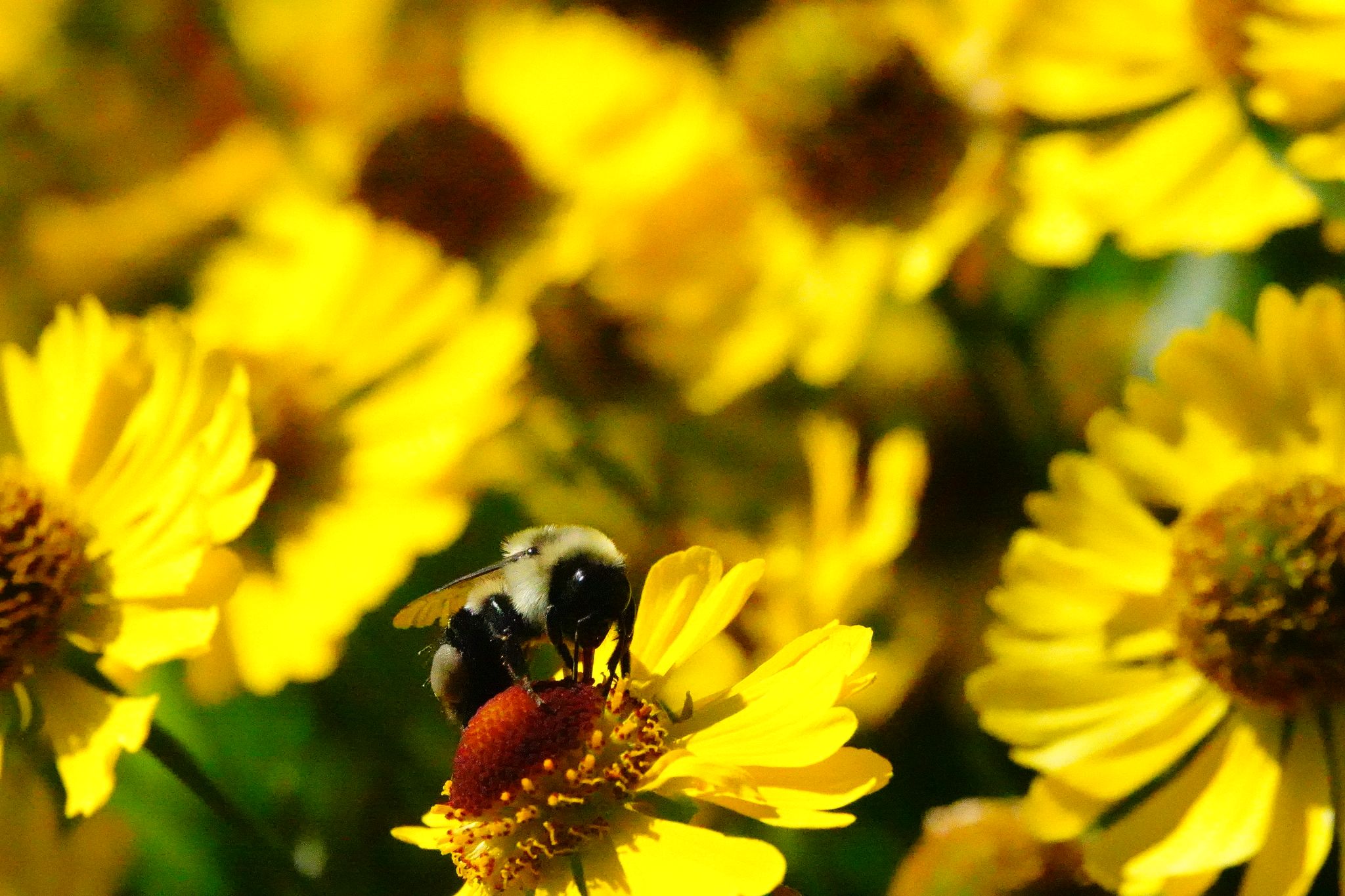The commercialisation of bioactive honey
8/10/2025
David Munday

COMMERCIALISATION OF MEDICINAL HONEY (Bioactive honey / pharmaceutical honey)
Medicinal honey is produced by bees foraging over certain plant species. In Australasia, these species include Leptospermum species, Eucalyptus species and Tualang species (amongst many others).
While it is understood that the native bees of Australasia produce very potent medicinal honey, it is also understood that the seasonal volume produced by them is minimal. The volume is unsuitable for commercialising medicinal honey in the coming post-antibiotic age, when massive volumes will be required for veterinary and human health.
After centuries of breeding, various bee species have been used to produce large volumes of honey. The European honey bee, Apis mellifera, is commonly used today. The seasonal volume of A. mellifera is as much as 15 to 30 litres of honey per hive.
It would seem evident for European bees to forage over stands of medicinal (bioactive) plant species to gain volumes of bioactive honey. However, it has been shown not to be successful. The European bees ignore the bioactive species because they lack the nutrients the colony requires. The M.A.S.S. Partnership has designed permaculture plantations that combine nutrient and bioactive species in a chronological flowering order to allow the bee hive to thrive and produce bioactive honey. The designs are patented.
As the extant stands of native flora are encroached on by fire and urban development, the need for prosperous plantations shall become acute. High volume commercialisation of bioactive honey production will only be achieved through the M.A.S.S. patented methods.
Medical Grade of Honey: Ecology of Production, Botanical Origin, Authenticity and Safety